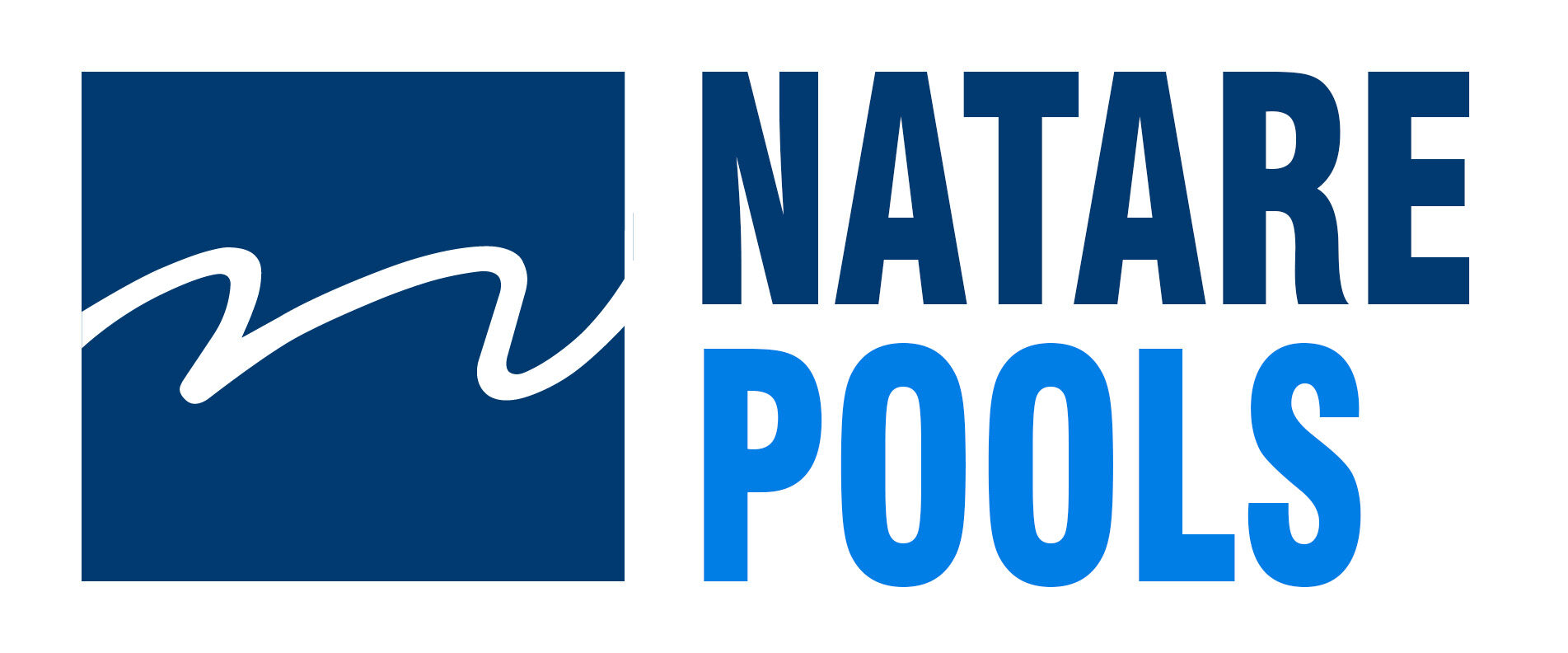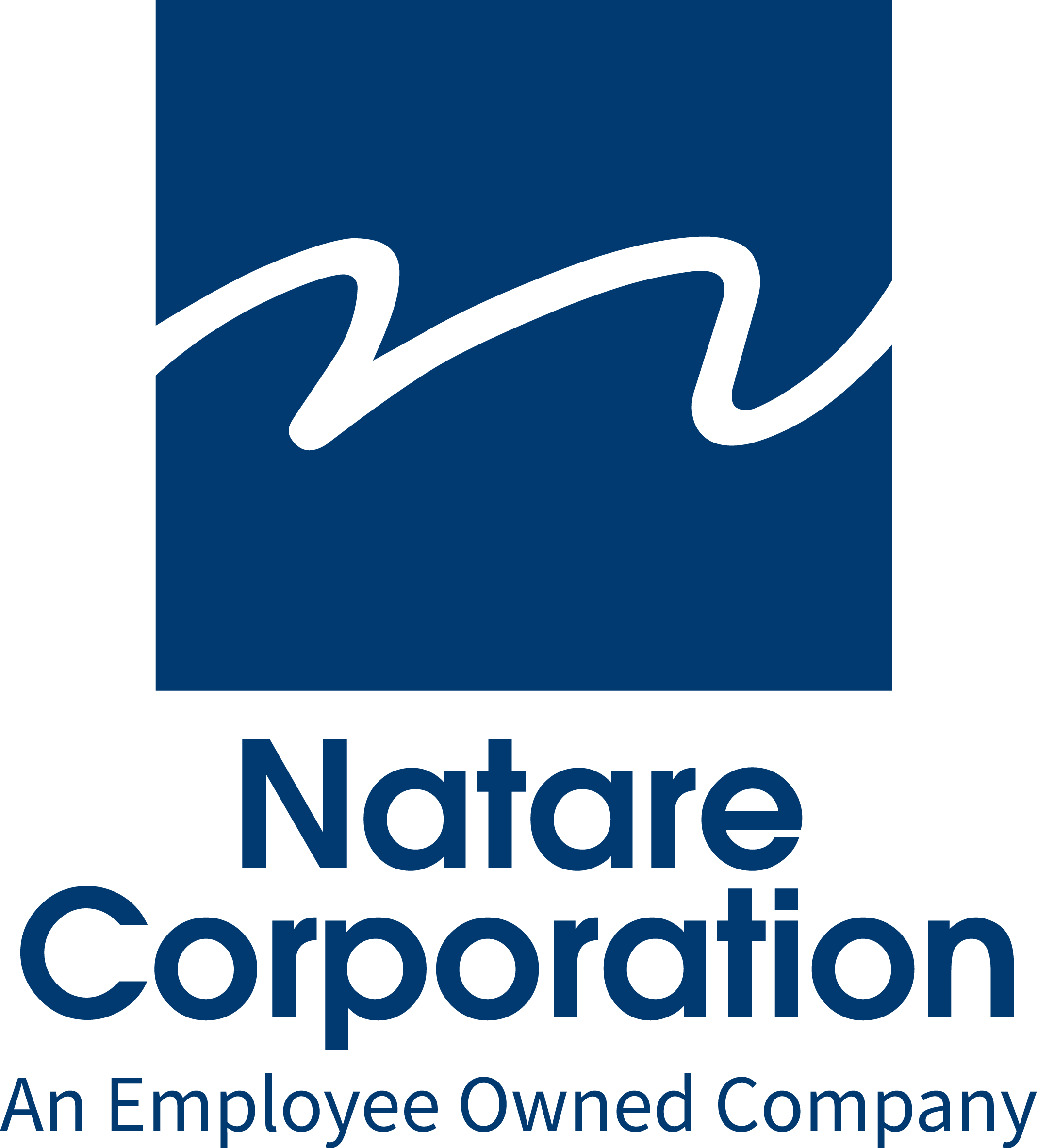Not everyone is into swimming laps multiple times a week for an hour at a time. So why not switch it up? Last week we discussed how swimming can positively impact your health. This week, we’re focusing on water aerobics.
All of the benefits we talked about previously apply here, but instead of swimming laps, you’ll be participating in a variety of low impact movements. When you’re in the water, it places an upward force. This lets you experience as much as 90% less weight than when you’re on land, making workouts much easier. This is ideal for seniors, pregnant women and people with injuries or arthritis. The best part? If you fall in the pool, the water is your cushion, not the hard ground.
Let’s take a look at what water aerobics can do for you:
Stress Reliever
Water is known to be very therapeutic, which is why a lot of people choose to exercise or cool down in it. The movement of water over the body results in relaxation, allowing you to renew energy levels and stimulate the brain to release the chemicals that cause your body to feel good. This can significantly decrease anxiety levels and negative mood states. A perfect example would be relaxing after a long day in a whirlpool or spa that provides the soothing effects of Water in Motion®.
Improves Physical Health
In addition to improving mental health, did you know that water aerobics can do the same for your cardiovascular and respiratory system just like running and cycling can, but without the fear of falling and injuring yourself? 150 minutes of pool exercise per week can decrease your risk of chronic illness (CDC). That’s 5 days a week at only 30 minutes each. This low impact workout will also get your heart pumping to allow oxygenated blood to flow to the muscles.
Boosts Confidence
Coming back to mental health, conventional land exercises can be frightening — or at least some of can have that mindset. Water aerobics is a perfect solution to help you gain the confidence needed to participate in those scary workouts. It’s always difficult to learn new moves on land because if you mess up and fall, someone may or may not see it. However, when you’re in a pool your body is submerged, so no one will know if you miss a step. By starting out in water aerobics you can enhance your flexibility, which in return can give you the self-confidence boost you need to try out those daunting land exercises.
Enhances Flexibility
As we just discussed, exercising on dry land can not only be intimidating, but also very difficult. However, exercising in water isn’t. When working out in a pool, the water’s buoyancy allows you to move in ways you never thought possible. Water movement requires your body to move around in different directions (due to resistance) while you adjust to the push and pull of water. This allows your body to naturally enhance its range of motion, without adding pressure to your joints. This is one of the main reasons why water aerobics is perfect for people with arthritis.
Calorie Burning
In the last section, we talked about how water resistance allows our body to become flexible. Now, let’s look at how it burns calories. When water flows, it does so in all different directions. This makes it 800 times denser than air, which means there’s four to 42 times more resistance. Because of this, you have to put forth additional effort during movement, and by doing so you can burn 400-500 calories an hour. That’s equivalent to walking at a rate of 3.5-4 mph. The number of calories you burn will depend on the type of exercise performed, the length of time spent exercising and your weight.
All of the above benefits and more are achievable by performing water aerobics in any pool, whether at home or at a gym. However, we recommend finding a facility with a fitness or therapy pool. Why you ask? These pools are made specifically for this kind of activity and can usually accommodate anyone who wants to participate.
As we noted last week, before you start any new workout routine, make sure to talk with your doctor. Safety first!
Sources:
TNS
Health Fitness Revolution
Swim & Sweat

